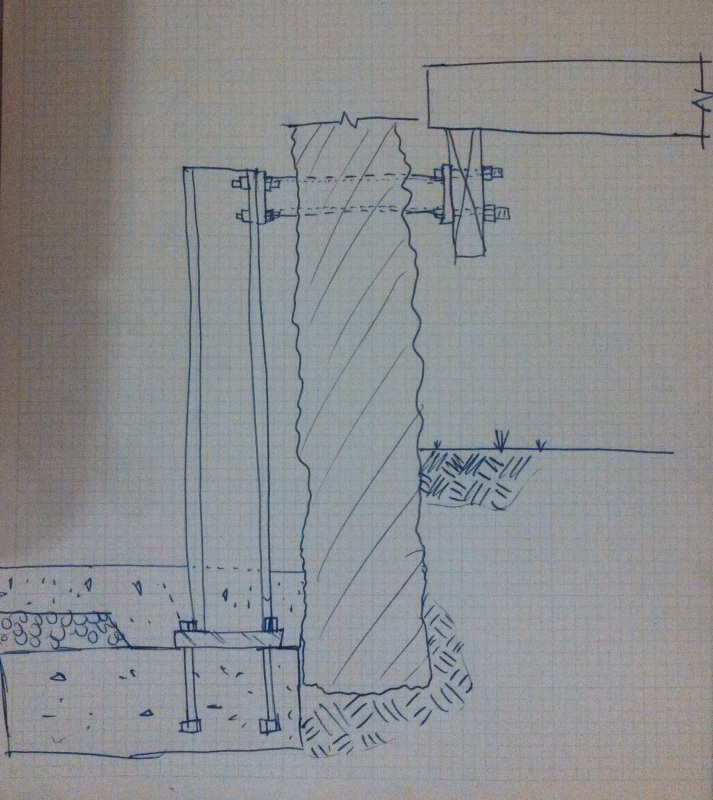StrucDesignPE
Structural
- Dec 19, 2014
- 110
Architect wants to put a new deck on an old house. Typical deck framing with PT wood ledger attached to foundation wall of the house. The foundation wall is a stone (probably limestone) wall that is +/-18 inches thick. House is about 100 years old. In my short structural engineering career, I haven't had any experience with epoxying anchors into natural stone and to me, it presents some unknowns:
1) None of the manufacturer's of epoxy anchors offer guidelines for using their products in stone. I checked Hilti, Powers, and Simpson. I figure its because of the infinite types of stone that could be used.
2) Edge distances for the stone
3) Embed depth
Any help or suggestions as to how I should tackle this would be very much appreciated.
1) None of the manufacturer's of epoxy anchors offer guidelines for using their products in stone. I checked Hilti, Powers, and Simpson. I figure its because of the infinite types of stone that could be used.
2) Edge distances for the stone
3) Embed depth
Any help or suggestions as to how I should tackle this would be very much appreciated.

![[tongue] [tongue] [tongue]](/data/assets/smilies/tongue.gif)
